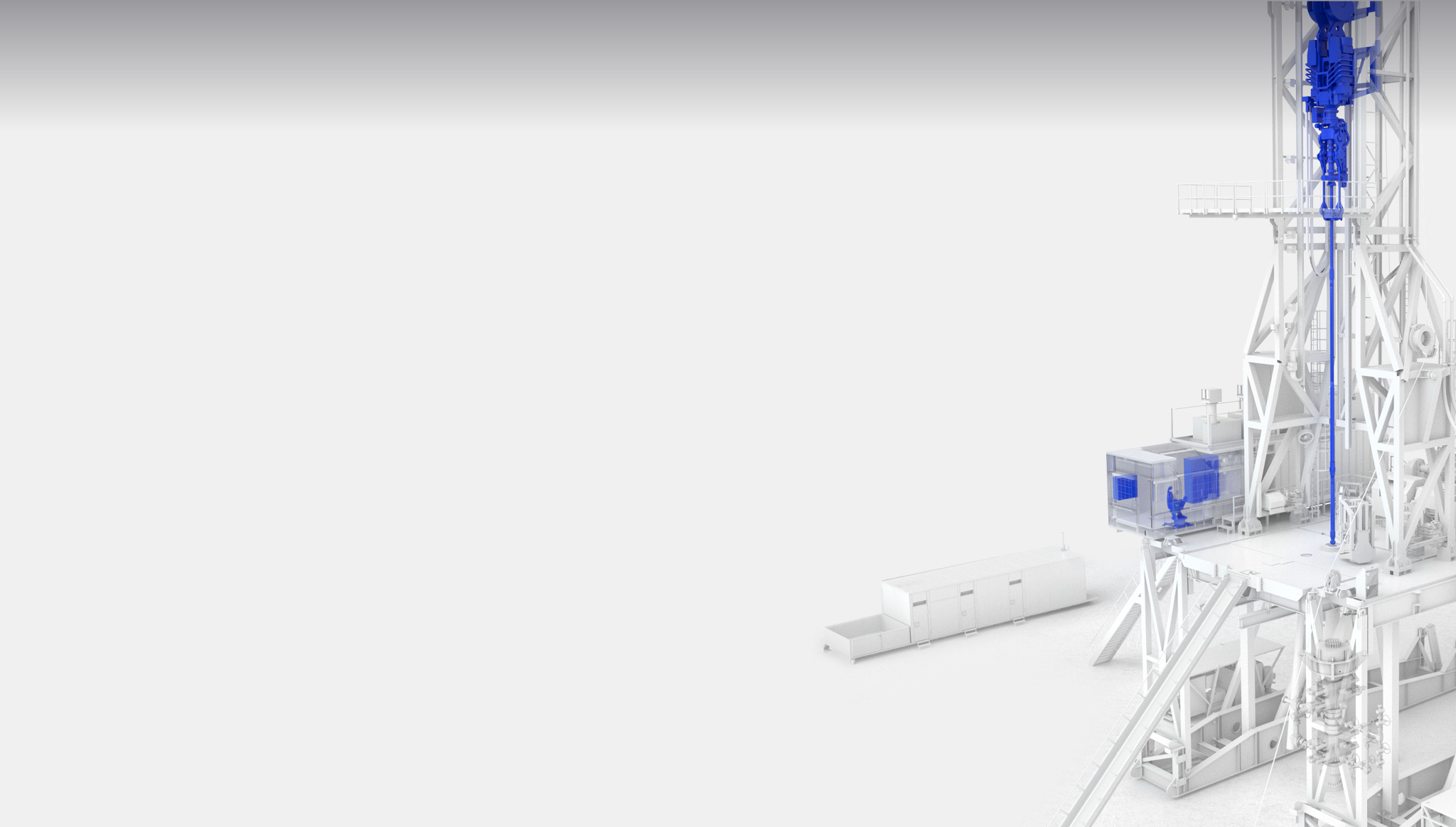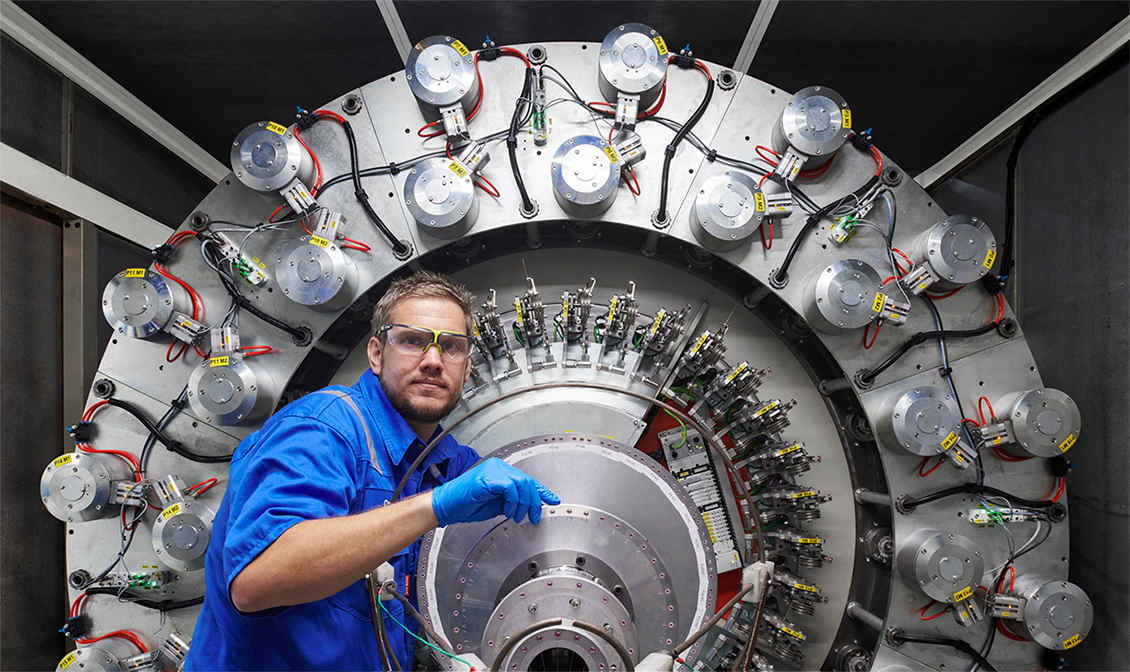The vision for autonomy in the well construction phase of oil and gas lies in a fully self-steering bottomhole assembly (BHA) that drills every section of a wellbore. Such an autonomous BHA can:
- constantly analyze its position, formation characteristics, and conditions
- consistently track its trajectory to optimize steering and well placement
- proactively manage energy to protect the drillstring and optimize drilling performance.
At its core, autonomous directional drilling (ADD) helps the oil and gas industry reduce its cost-per-foot drilled and achieve optimal well placement to improve the productivity index. Achieving this means dispensing with siloed, independent workflows. ADD uses a fully integrated data architecture to harmonize all the tasks needed to achieve an operator’s objectives in the most efficient and consistent manner possible regardless of field, rig, or trajectory. And it does so by leveraging recent computing advancements that we’ve all come to appreciate in every other aspect of our lives.
Full autonomy is still ahead of us, of course, but we’re already evolving the capabilities crucial to achieving it. For example, drilling the curve linking a wellbore’s vertical and lateral sections is a complex process—and one of the remaining obstacles to reaching full autonomy. We recently tried to overcome it by completing 10 runs implementing auto-curve builds. That is, the curve was built while substantially eliminating the need for downlinks. And it worked. These runs were executed on real wells in the field, both onshore and off, in basins ranging from the North Sea to the Middle East to North America, and in holes ranging from slimhole to 14 3/4 inches.
The path from where we are to full autonomy
Our development and road maps are structured around six key levels of autonomous capabilities. This framework is aligned with those of other industries to help ground tech development in tangible steps that can be both realized and deployed.
Autonomy levels 0-2
The initial levels (0 to 2) focus on capabilities driven by monitoring, assisting, and singular automation features that define the known directional drilling workflows used every day. They consist of trajectory monitoring and projections, along with downhole singular-automation algorithms such as inclination hold.
Autonomy level 3
Level 3 combines multiple support features and unifies them in an "intelligent" system, supporting analytical decision making with the physical automation of the steering process. This is where the system gets complete awareness of the directional drilling workflow and helps manage all the decisions. And it’s the level we've currently reached.
Autonomy level 4
Level 4 comprises multidisciplinary well-construction workflows and rig automation in complete harmony within the well-delivery process. This is where the autonomous solution shines by being natively embedded inside the rig automation system.
Autonomy level 5
Level 5 utilizes subsurface logging-while-drilling (LWD) data to revolutionize geosteering and formation evaluation, and place wells in real time. The system becomes completely autonomous, surpassing the status quo of operational capabilities we have today.
What will it take to accomplish BHA autonomy?
The right tech is clearly needed to support all aspects of the process, not just the BHA or what happens at the wellsite. Autonomy demands intelligent planning and execution, along with surface automation that complements the features of your downhole tech (and eventually what your entire BHA will have). One way to make great strides is by pairing auto-curve with transformative remote operations. A combination of high-efficiency data streaming and native cloud workflows allows you to link hundreds of wells—if not more—within a collaborative environment.
We’ve seen predictive steering on over 100 wells achieve zero trajectory failures. How? Intelligent planning solutions analyzed the planned trajectories with a machine-learning model and optimized the dogleg severity (DLS) response and rate of penetration (ROP). In one case, the system helped an operator avoid what would have been a pull-out-of-hole event by recommending and adjusting both the trajectory and drilling parameters, resulting in a successful trajectory while doubling the ROP.
As you can see, the future of well construction is not underway, it’s already here.
The value of "intelligent" planning
Everything starts in the planning phase. On top of extensive planning capabilities, there are now predictive steering workflows that take advantage of cloud computing and machine-learning models. This approach integrates all learnings from past execution data to ensure your BHA’s best tendency response, all while mapping out capabilities versus demand for the planned trajectory. It’s equivalent to Google Maps optimizing your route based on historical traffic patterns and letting you know if you'll reach your destination within your desired time frame. It even has the same user-friendly ease of just a few clicks.
For those of you interested in the functional details, an ADD workflow like the one described above combines an integrated, dynamic design and analysis platform with data pipelines. It leverages today’s enhanced tech every step of the way to provide an automated analysis that enables drilling engineers to optimize their BHA and trajectory. That optimization output is then passed to execution in a digital format that drives surface and downhole automation workflows.
An intelligent plan demands intelligent execution
Intelligent execution is the second pillar of ADD. Integrating a digital drilling program to drive your ADD system, for example, facilitates the analytical tasks that a traditional directional driller takes while steering and implementing the well trajectory. This system could monitor your drilling environment, capture real-time data from the surface and downhole, and determine the current and projected position of the wellbore. Trajectory targets, expected BHA tendency, and operating parameters would determine the steering changes required to reach the next target while simultaneously ensuring all future targets and total depth are satisfied.
Furthermore, a native cloud workflow running in parallel can not only support remote operations but also transparently provide consistent, repeatable performance results to all stakeholders. After all, it’s major themes like efficiency, consistency, transparency, and sustainability that link us all together. ADD is already providing the advancements required to elevate directional drilling and, ultimately, well construction as a whole.




